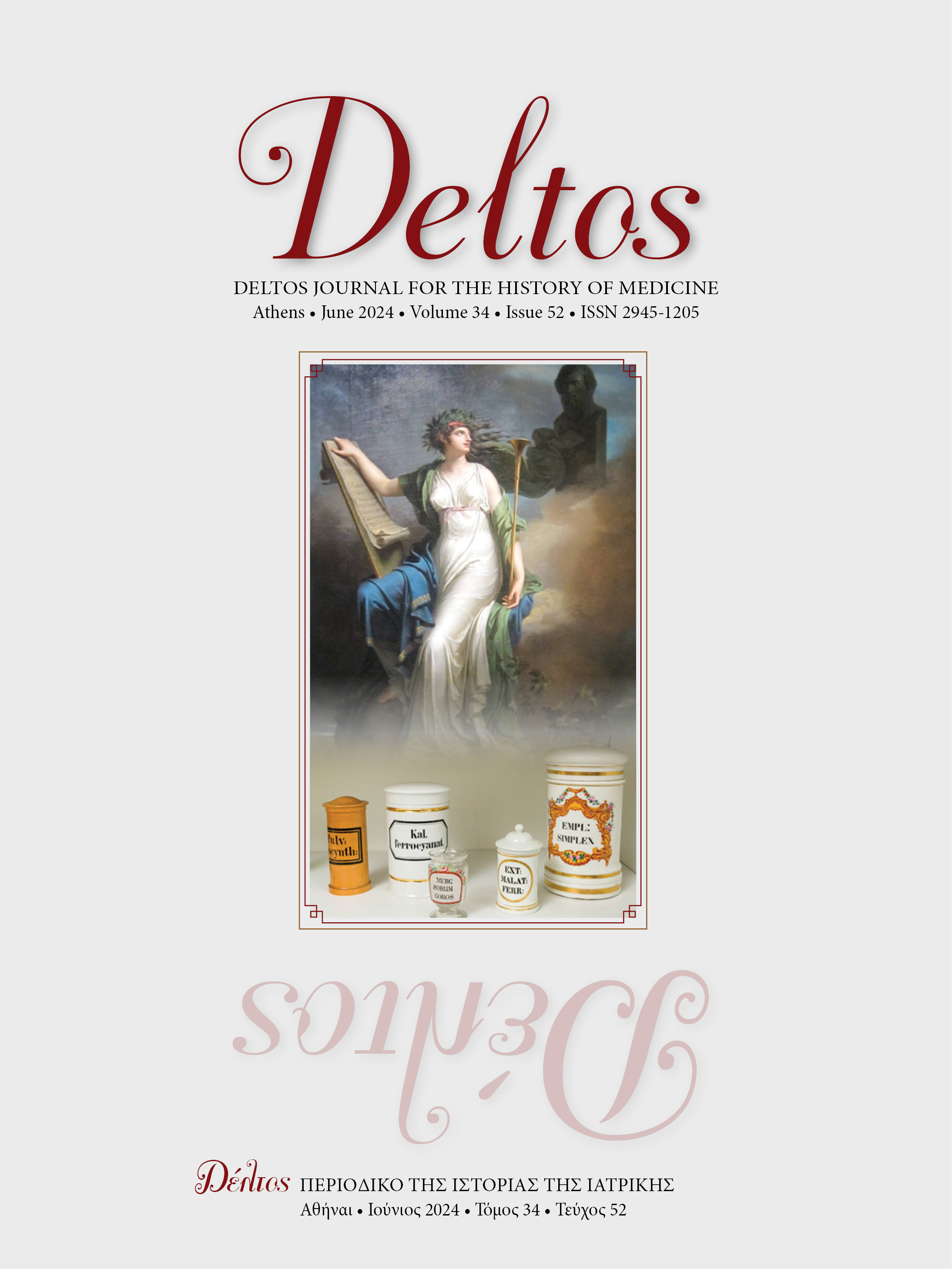Life expectancy from Prehistoric times to the 21st Century

Abstract
The purpose of this article is to investigate the factors contributing to significant improvements in longevity from the pre-historic times to the 21st century. Examining historical data, we witness an improvement in life expectancy from 20 years in prehistoric times to around 85 years in 2023. Several socio-economic and medical factors have contributed to this improvement, including living conditions, sanitation, housing, nutrition, education, disease prevention, medical advancements, environment, and economic growth. Analysing historical trends we can distinguish seven periods. In prehistoric times, primitive sanitary and living conditions, limited access to basic resources, high rates of accidents and infectious diseases resulted in short human longevity, ranging between 20 to 30 years. During ancient times, several historical sources from Egypt, Greece and Rome estimate life expectancy also at 20 to 35 years. Warfare, infectious diseases, malnutrition, and high rates of infant mortality are recorded as the main factors for this short life span. In the Middle Ages (500–1500 AD), the great killers like the Plagues (Black Death) had a significant impact on the reduction of population. Life expectancy fluctuated around 30 to 40 years. The Early Modern Period (1500–1800 AD) is marked by the advent of the agricultural revolution, enhancements in diet, and better sanitary conditions. Despite these advancements, life expectancy remained relatively unchanged, hovering between 30 and 40 years. With the Industrial Revolution (18th–19th centuries), life expectancy increased to 40-50 years. Advancements in the Twentieth Century, including medical care, sanitation, living conditions, nutrition, reforms in health systems for improved access to health services, and technological innovations, significantly increased life expectancy. These developments, predominantly in developed regions, led to life expectancy surpassing 70 years. The 21st Century is characterised by ongoing improvements in life expectancy, which has reached 85 years. However, significant health disparities persist between nations, regions, and socioeconomic groups. In 2022, the disparity in life expectancy among nations was as large as 33.5 years, with figures ranging from 52.5 years in Chad, Nigeria, and Central African Republic to 86 years in Monaco, Hong Kong, and Japan.
Article Details
- How to Cite
-
Yfantopoulos, J. (2024). Life expectancy from Prehistoric times to the 21st Century. DELTOS, 34(52), 60–70. https://doi.org/10.12681/dj.38288
- Issue
- Vol. 34 No. 52 (2024)
- Section
- Varia

This work is licensed under a Creative Commons Attribution-NonCommercial 4.0 International License.


